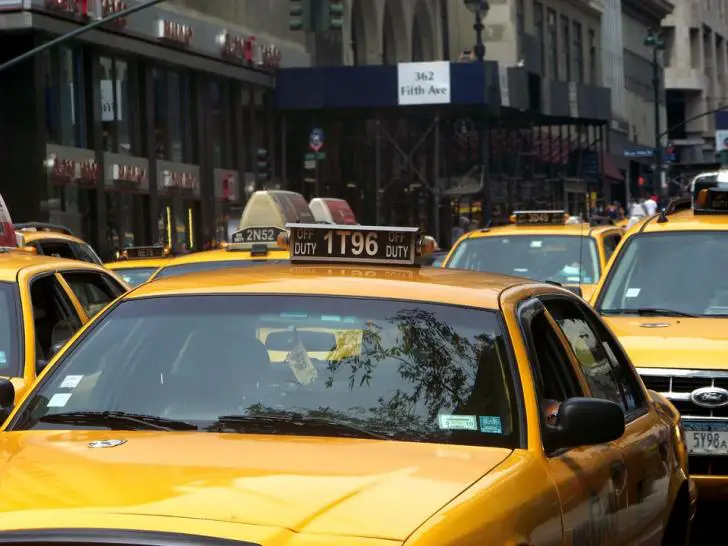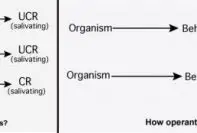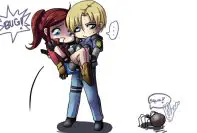Conditioned stimulus is a part of the learning theory Classical Conditioning. In this theory of learning, conditioned stimulus is a neutral stimulus that triggers some sort of response when paired or associated with an unconditioned stimulus (natural stimulus). The response triggered then is referred to as conditioned response.
Pavlov’s Experiment
Ivan Pavlov first discovered the concept of classical conditioning, the phenomenon explaining that the conditioned stimulus elicited conditioned response, by accident when he was conducting experiments on digestion in the early 1900s. He had already realized that the dogs drool every time food was presented, but he noticed that they began to drool even by just seeing someone wearing a lab coat. He quickly analyzed to situation and found out that dogs drooled in presence of lab coats because they were always fed by his assistants wearing lab coats. The lab coat and food had been associated to the point that the dogs would drool at the sight of the coat without even seeing the food. Here, the lab coats were neutral stimulus, but as they were associated with food too much, they now became conditioned stimulus, eliciting Conditioned response of salivating in dogs.
In order to verify his findings, Pavlov conducted the famous classical conditioning experiment (Pavlov Classical Conditioning). He rang a bell before presenting the dogs with food. After repeated associations of food with the bell, dogs eventually started salivating when they heard the bell. Here, the bell is initially a neutral stimulus (not responsible for any response), and the food is a natural or unconditioned response (causing the dogs to drool). After repeated associations, once the dog starts drooling after hearing the sound of the bell, the bell becomes conditioned stimulus.
Real World Examples
Although we might not realize it, it’s not uncommon for neutral stimulus to convert into conditioned stimulus through similar process of association with unconditioned stimulus, as explained above.
Example 1: A taxi driver sees a passenger waiting by every time he hears a whistle. So, because he’s used to be alert as soon as he sees a passenger, after repeated associations of the whistling (neutral stimulus) with the passenger waiting, taxi driver starts to become alert when he hears the whistle, even if there’s no passenger around. Here, whistling becomes a conditioned stimulus.

Example 2: Sandy rides her motorbike to work every day through the same way. One day, on her way back home, she slips on the road and falls down. Now, the place where she had an accident has become a conditioned stimulus, and every time she passes that spot, she’s extra careful.
Example 3: Suppose, in an office you regularly eat lunch at 12pm. In the office, you have a colleague who immediately alerts everyone about the lunch time. Eventually, you might not even check the time when your colleague reminds you that it’s lunch time. Even if it’s just 11 am, you might feel that it’s already lunch time. This is because your response to hunger has been conditioned with the sound of your colleague’s voice. Here, your colleague’s voice, which was previously a neutral stimulus, has become conditioned stimulus eliciting the conditioned response of hunger in you.
[Related reading: Classical Conditioning examples]




